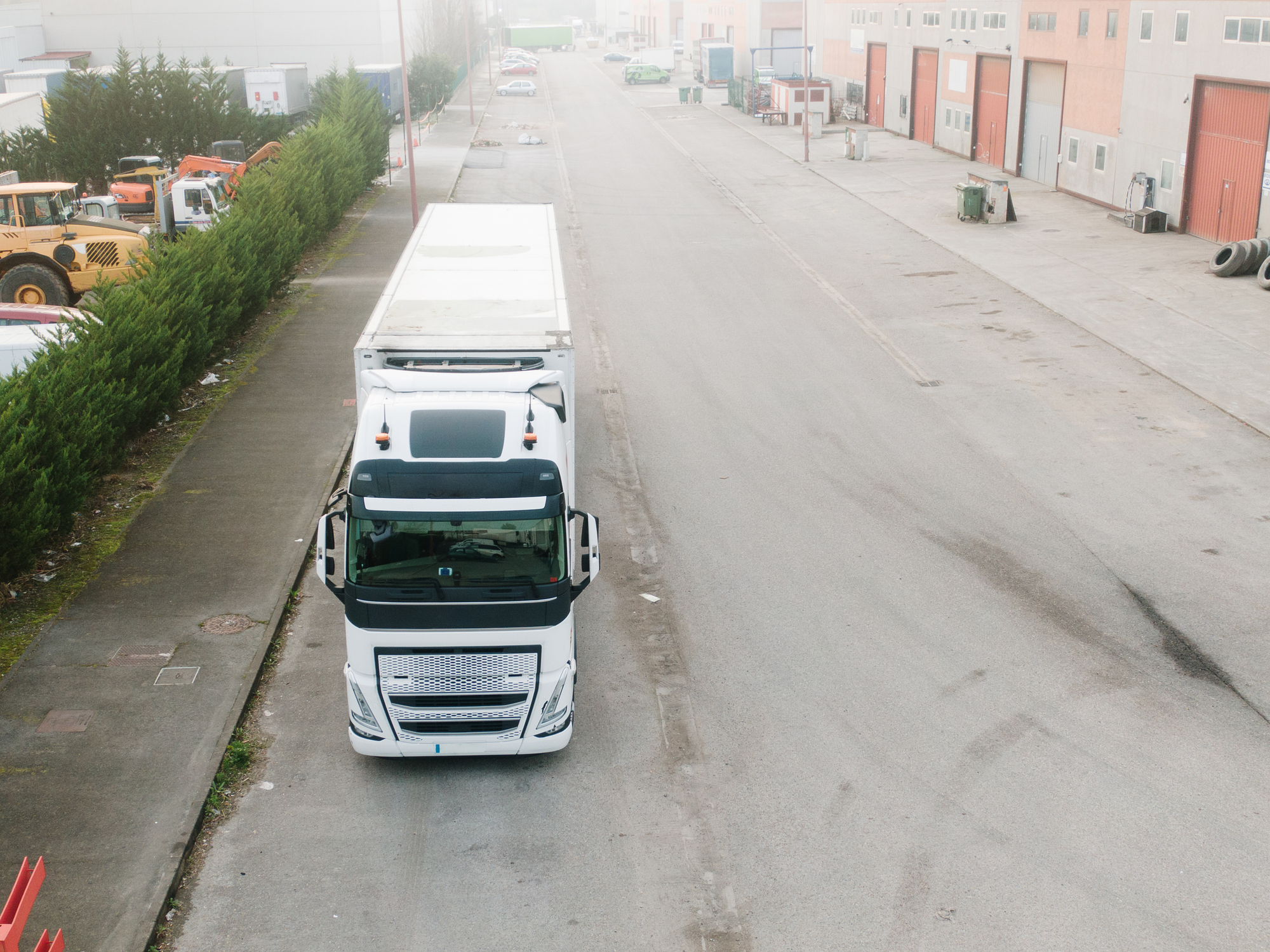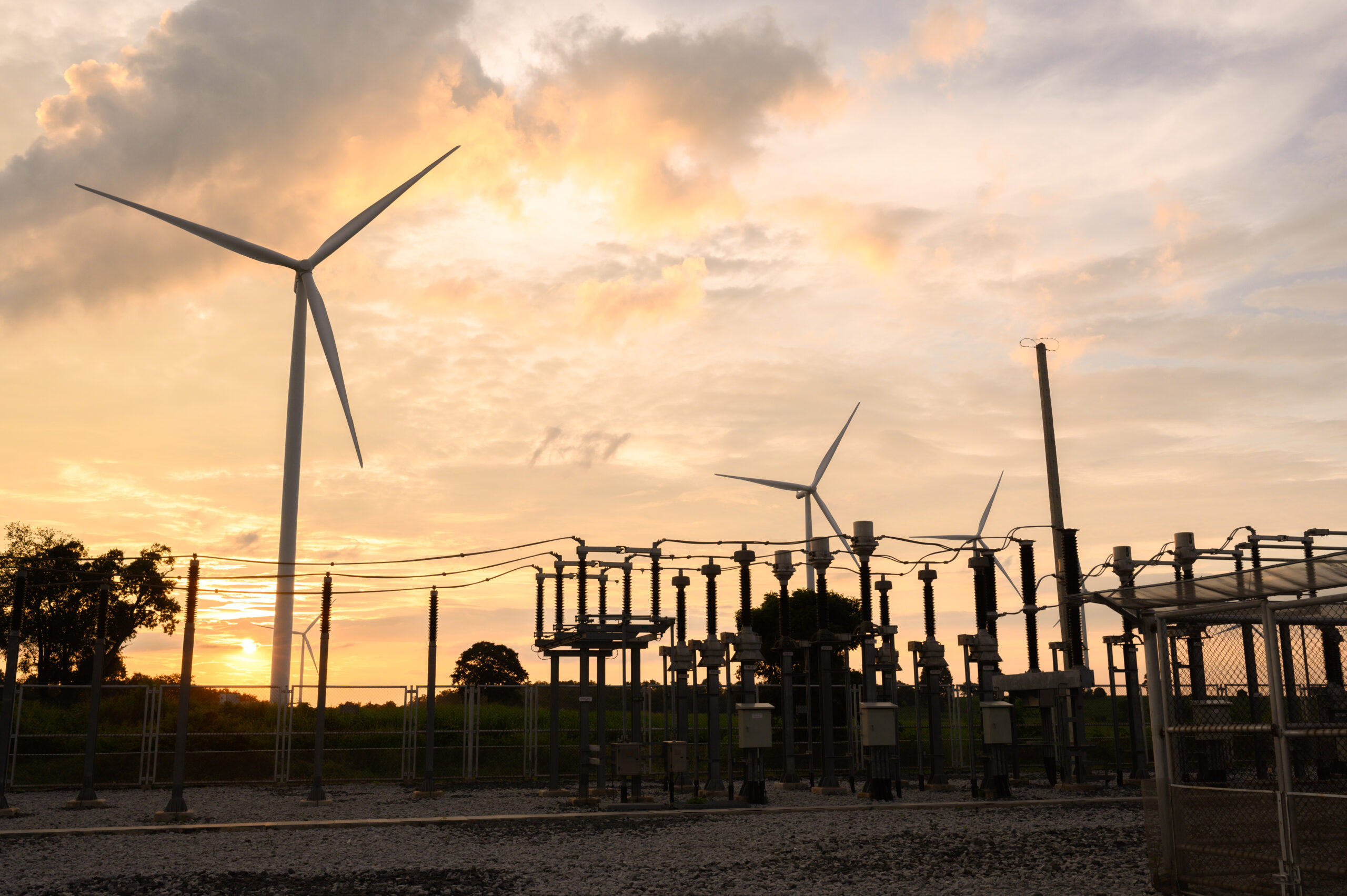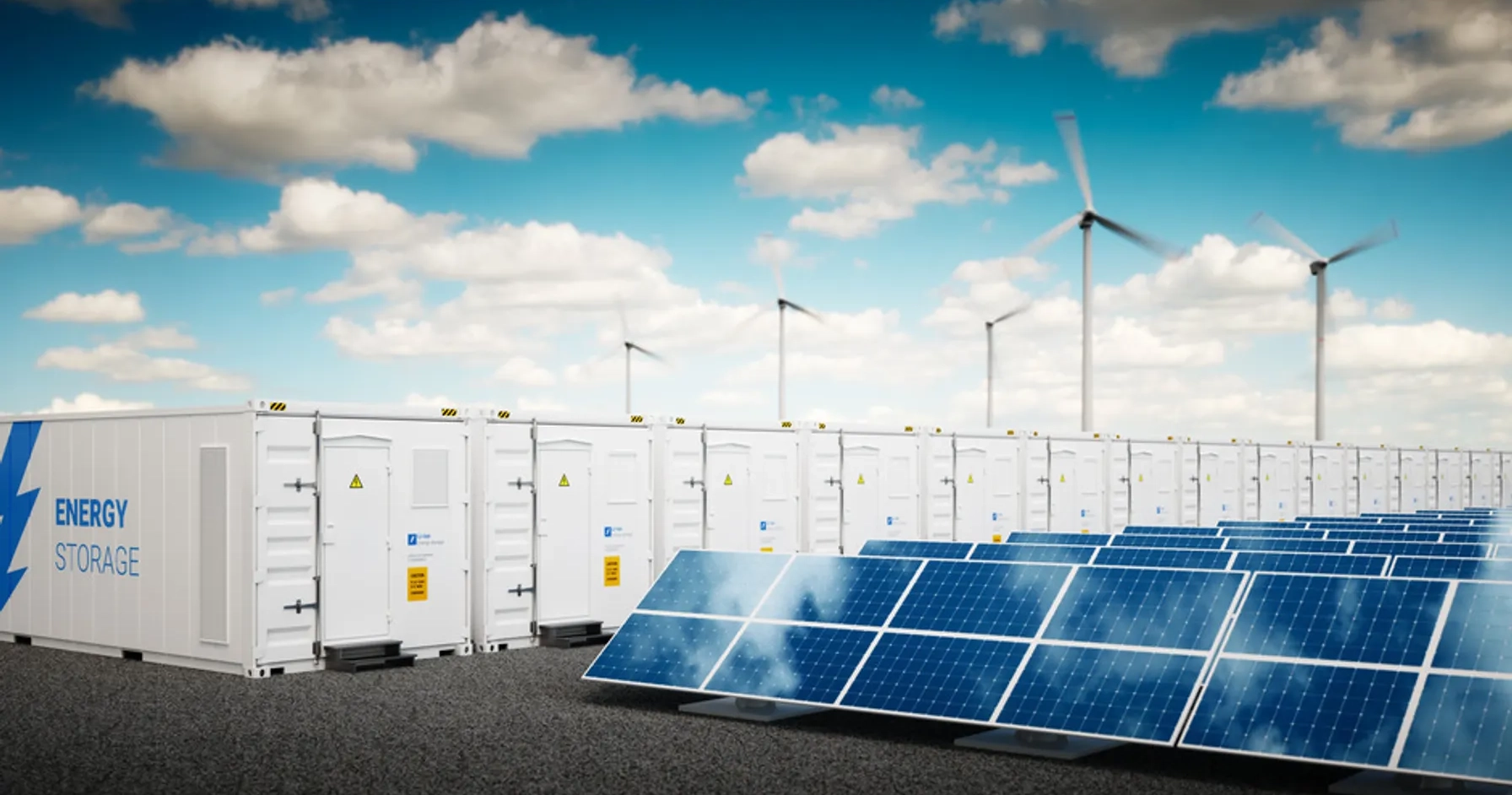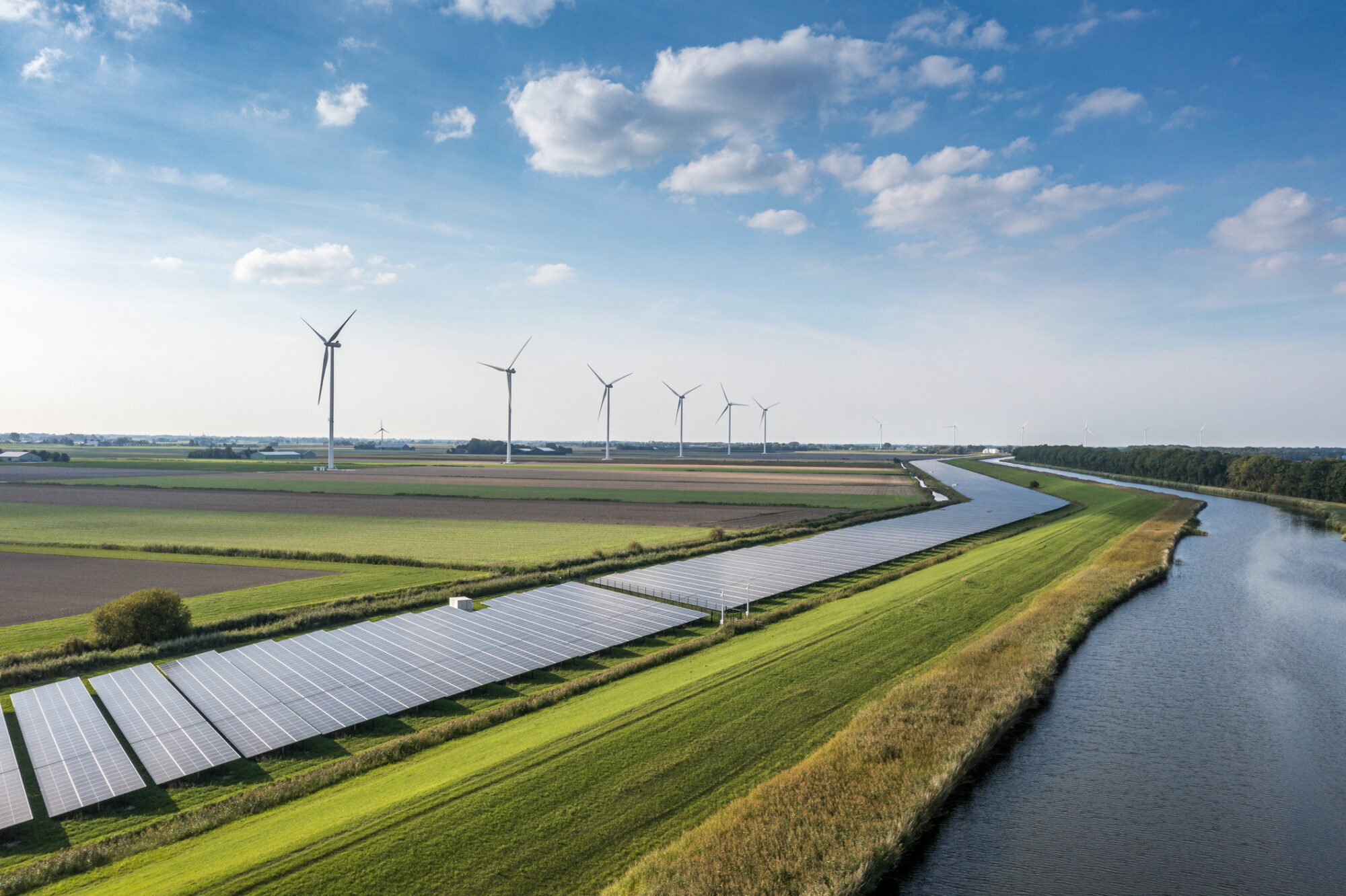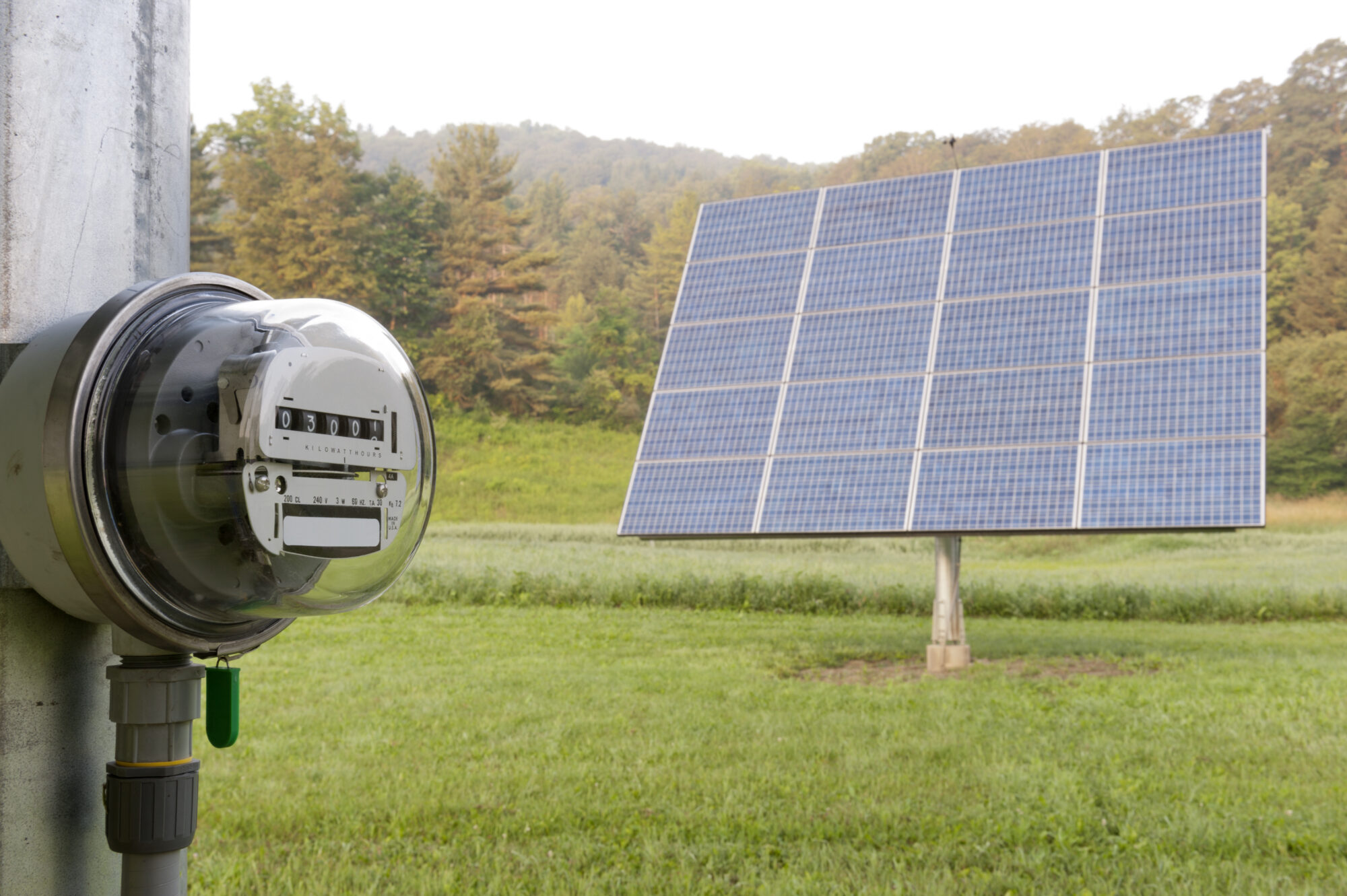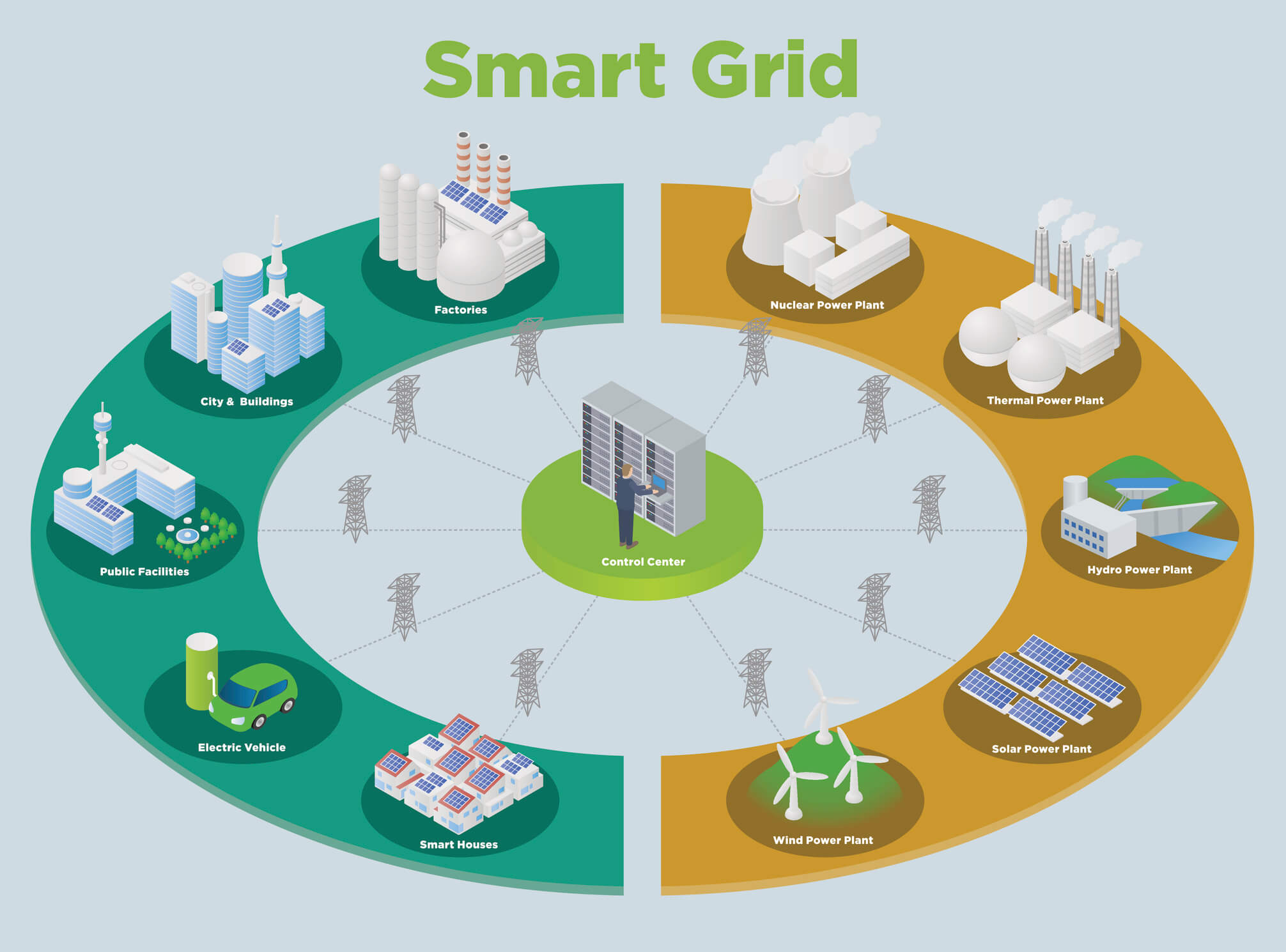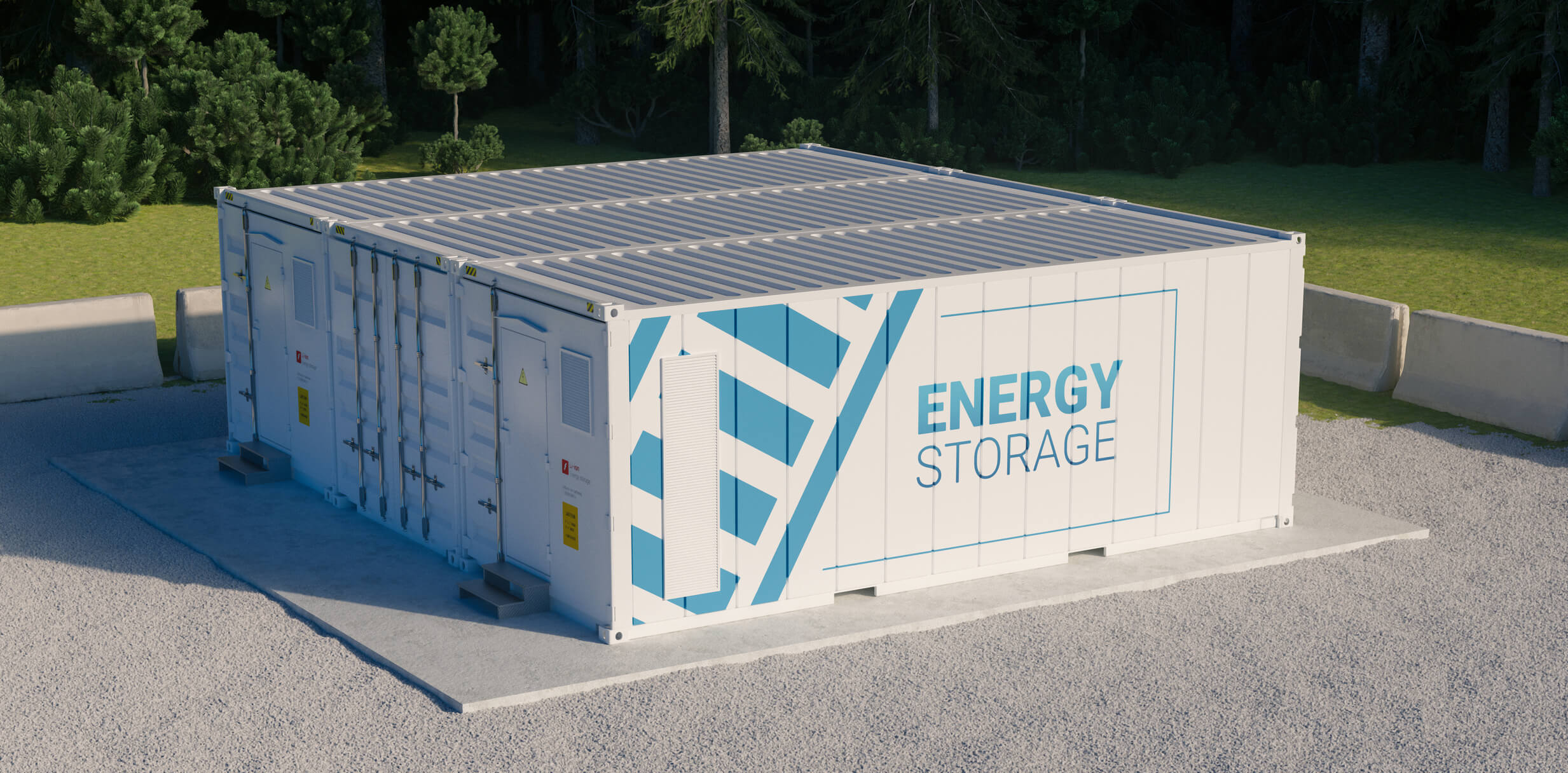March 13, 2012
A spotlight on the market potential for Zero-Emission Catenary Hybrid Trucks in Southern California’s Freight Industry
In densely populated urban areas, especially those with poor air quality like the South Coast Air Basin, there’s a growing push for heavy-duty diesel trucks to achieve lower emissions. Regulatory bodies like the South Coast Air Quality Management District (SCAQMD), California Air Resources Board (CARB), and Southern California Association of Governments (SCAG) are advocating for a shift towards zero and near-zero emission vehicles to meet federal air quality standards. This includes proposals for zero-emission truck lanes in major transportation plans and requirements for zero-emission technologies in projects like the Southern California International Gateway (SCIG) and the Intermodal Container Transfer Facility (ICTF).
With diesel prices rising and stricter fuel economy standards, there’s increased interest in alternative technologies like hybrid drive trains. A promising approach is the Zero-Emission Truck & Electric Catenary Highway (ZETECH) technology, which combines hybrid-electric trucks with access to overhead catenary power, offering a potential solution that addresses both emissions and fuel economy without compromising operational flexibility or cost of ownership. This technology, based on well-understood and existing hybrid technologies, could significantly impact the local market, which has a potential size of up to 46,000 trucks in the South Coast Air Basin alone. Catenary hybrid vehicles offer unlimited zero-emission range when connected to the catenary system and can also operate on natural gas, eliminating diesel emissions. This makes them a flexible and economically viable option for regions requiring low-emission operations and fleets needing to comply with strict emissions regulations.
Download the Zero-Emission Catenary Hybrid Truck Market Study White Paper
Publish Date: March 2012
Client: South Coast Air Quality Management District
This white paper was authored by GNA, which is now TRC’s clean transportation solutions team.
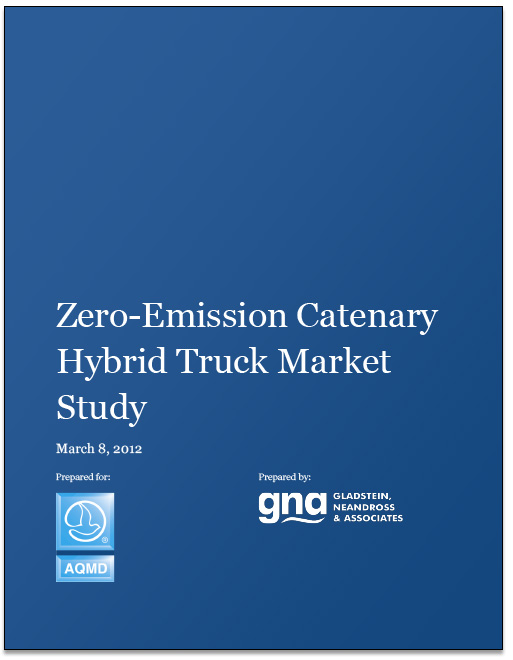
Sharing Our Perspectives
Our practitioners share their insights and perspectives on the trends and challenges shaping the market.
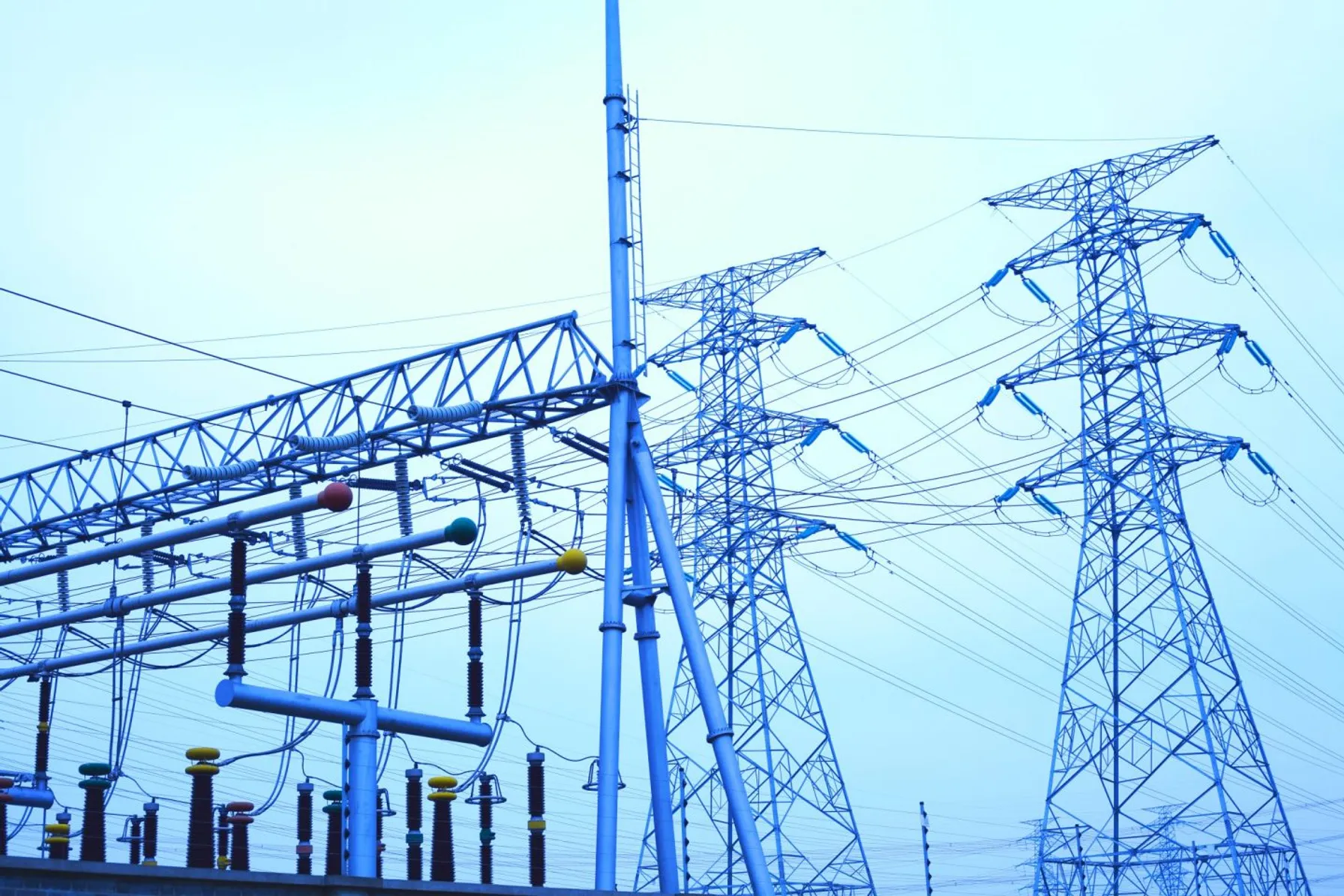
Grid Resiliency: Perspectives Across the Power Grid
April 16, 2025
In today’s changing energy landscape, grid resiliency is a top priority for all power system owners and operators. The ability to absorb disruptions and maintain power is crucial in an increasingly unpredictable world.

Take the Right Approach to Implementing DERMS
March 27, 2025
Implementing DERMS can come with challenges. By understanding the unique challenges related to DERMS and adopting the appropriate strategies to mitigate potential pitfalls, utilities can effectively integrate and coordinate DER deployment to align with regulatory commitments and broader business objectives.

How ISOs, RTOs and Utilities Can Effectively Manage Massive Data
March 20, 2025
In today’s rapidly evolving energy landscape, Independent System Operators (ISOs), Regional Transmission Organizations (RTOs) and utilities face unprecedented challenges in managing vast amounts of data.

Download Whitepaper: 10 Years of Insights for Clean Community Microgrids
March 1, 2023
Clean, community microgrids represent a promising and timely opportunity for you to advance your customer offering and deliver meaningful societal benefits, all while modernizing your grid and providing you with load flexibility.

Decarbonization: A Systems-Level Challenge and Actions to Address Climate Change
December 7, 2021
Carbon elimination of the magnitude needed to address climate change requires systems-level change that can only be reached by incremental, ground-up progress, building upon what we have achieved thus far.
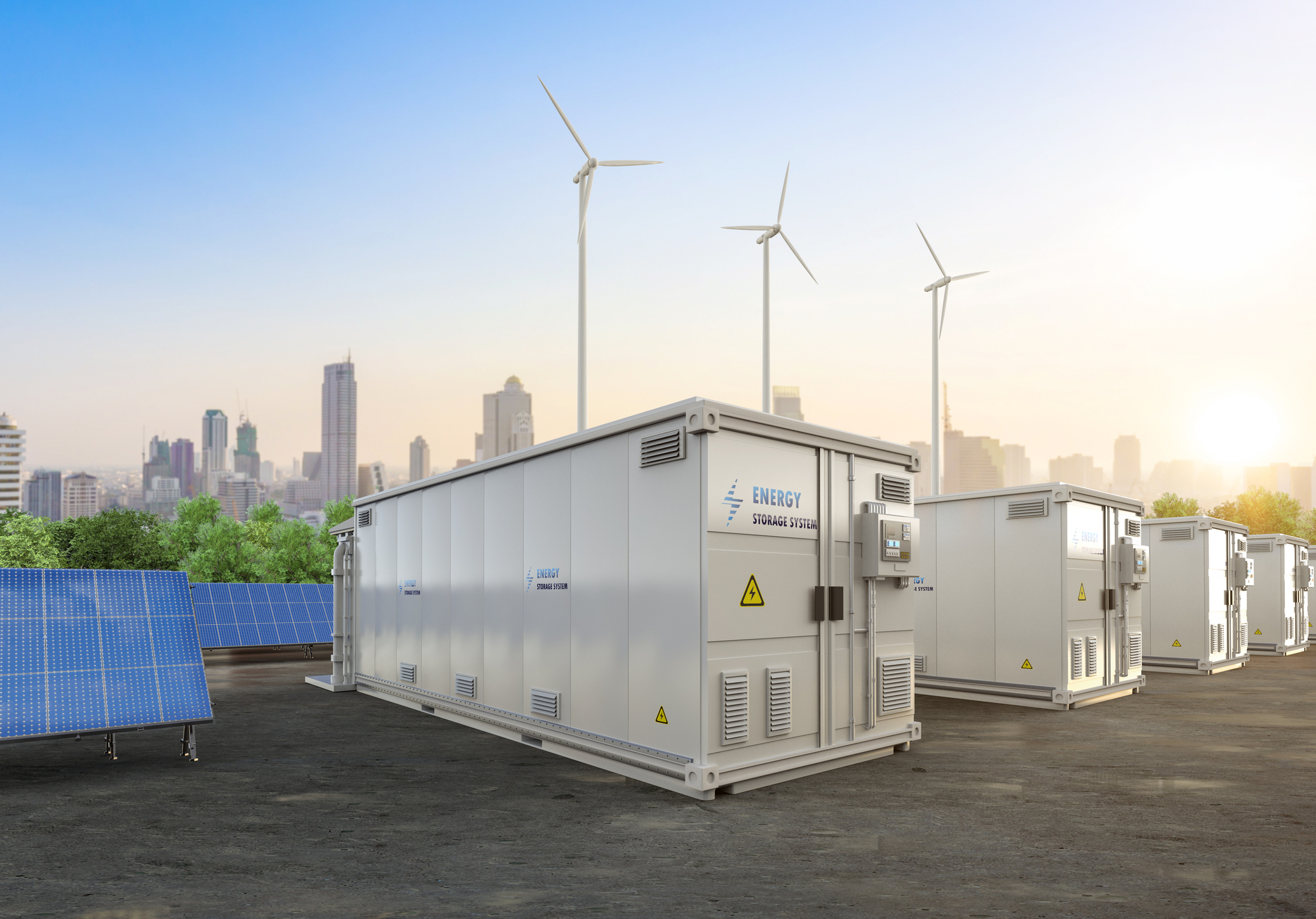
How Do Energy Storage Systems Work?
October 18, 2021
For more than five decades, TRC has brought efficient, resilient energy systems to the world. We understand the challenges of implementing energy storage projects.

City of Camarillo, California approves moving forward with Hybrid Solar Microgrids at five critical community facilities
November 6, 2020
On October 28, the Camarillo City Council unanimously approved moving forward with the design of Hybrid Microgrids at five City facilities: City Hall, the Corporation Yard, Camarillo Public Library, Police Station, and Wastewater Treatment Plant. The microgrid at the Camarillo Public Library will be designed with solar+storage only, while the other four sites will employ a hybrid design of solar+storage+diesel.

TRC Digital partners with Dominion Energy to evolve its distributed energy resource strategy
September 22, 2020
Dominion Energy, one of the nation’s largest producers and transporters of energy, has partnered with TRC Digital to evaluate, implement and integrate technology to further the utility’s distributed energy goals. TRC Digital will facilitate Dominion Energy’s strategy development and technology execution, allowing Dominion Energy and its customers to accelerate the shift to distributed energy resources (DER) and net carbon reduction.

TRC Digital and Enbala can help utilities monitor, control and optimize distributed energy resources
April 17, 2020
Distributed energy resources (DERs) are changing the way utilities think about power generation and energy flow. TRC and Enbala can offer utilities a multi-layered solution that highlights the strengths of each company.

TRC and partners win $1 million grant for engineering innovative New York microgrid
April 20, 2017
TRC is proud to support Huntington, NY bolster power reliability and climate-change resiliency with a sophisticated new “community microgrid’’ combining solar energy, a fuel cell, biogas and traditional natural gas to deliver electricity and heat to local customers and institutions.
Start the Conversation
Let’s connect to discuss how TRC can help you drive a more sustainable future.


